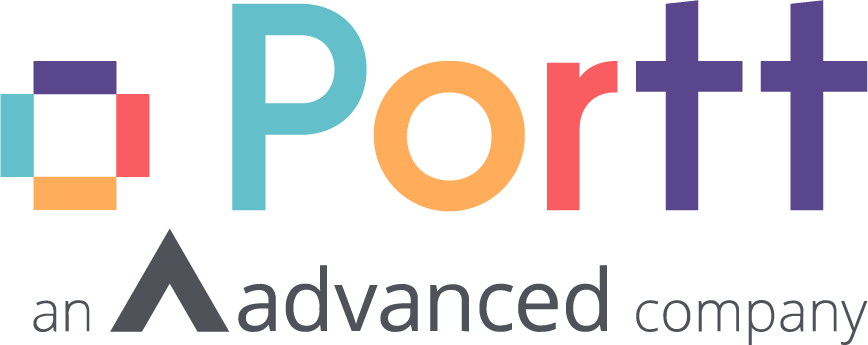
Procurement decision-makers’ big ideas are often frustrated by a lack of buy-in from upper management. This is particularly alarming as most procurement teams lack the necessary technology to deliver their desired business benefits.
We put the question to our panel of experts: how can better benefit articulation ensure the desired outcome for our procurement technology projects?
In the webinar, we explored practical ways to turn your procurement vision into an easy-to-understand proposal that generates executive buy-in, gets your project over the line and empowers your team to drive better results.
Strategic planning and clearly defined benefits are key to getting your next project approved:
- Investment Logic Mapping
- Benefits Mapping
- Benefits Realisation
These aren’t just buzzwords but key mechanisms to bolster the success of your procurement technology projects.
Better problem solving: the role of collaboration in benefit articulation
Effective problem-solving is a fundamental skill in business, requiring a synergistic blend of collaboration, brainstorming, and deep comprehension of the issue. Initiating this process begins with assembling a diverse team, utilising a platform that encourages open communication and idea exchange. This inclusive environment opens the door to fresh perspectives and innovative solutions.
Webinar: Better Benefit Articulation in Procurement Technology Projects

Charting Success: An Overview of Investment Logic Mapping and Benefits Realisation
There’s one resource all procurement professionals wish they had more of: time. This is where Investment Logic Mapping (ILM) and Benefits Realisation shine. These tools aid in streamlining the procurement process, ensuring that every project undertaken is not just a tick on the checklist but a step towards optimised business growth.
The following concepts have been successfully applied across various industries, including local councils, the health sector, mining, and utilities. They have proven to be effective tools in helping procurement professionals get their message across and in making strategic decisions about technology projects.
Investment Logic Mapping (ILM)
Investment Logic Mapping (ILM) is the first step towards faster project approval. ILM involves defining a project’s problems or opportunities, starting with a broad overview of the problems and narrowing down to specific statements that all stakeholders can agree on. This tool requires the involvement of key stakeholders, decision-makers, leaders, sponsors, and potential benefits owners and helps communicate the change management side of things.
The goal is to ensure that everyone understands why the exercise is being undertaken and what benefits it will bring.
Brainstorming
Each participant writes down the problems they perceive from their own role or perspective. These problems are then grouped into key themes and summarised into statements to help identify the problems and understand them better.
Benefits mapping
Benefits mapping delves deeper into the investment logic map. It involves identifying the Key Performance Indicators (KPIs) that the group has decided on and determining how these will be measured. The SMART (Specific, Measurable, Achievable, Relevant, Time-bound) methodology can be applied here. This process sets the stage for benefits realisation, which happens after the project has been implemented.
The next step is deciding on Key Performance Indicators (KPIs) that can be used to track the progress of solving the problems. This process is iterative and involves a lot of discussion and checking in with the participants to ensure everyone is on the same page.
Things to consider
It’s important to note that ILM can be time-consuming, and stakeholders may not at first understand the process, so explaining the need for ILM from the beginning is key. It can also bring issues to the surface, which can be uncomfortable for some participants. It can also lead to some participants feeling like their ideas or solutions are being overlooked or dismissed. However, these drawbacks can also be seen as opportunities for growth and learning.
Webinar: Better Benefit Articulation in Procurement Technology Projects

Benefits realisation
Benefits realisation involves embedding identified benefits within the project, then tracking and tracing those benefits to determine if the project has made a difference. Contemporary benefits practice suggests that benefits should be looked at immediately through testing and gathering people’s experiences.
Identifying causes and intervening
Once a problem is identified, the next step is delving into the root cause and its effects on the business. This involves a thorough analysis of the problem and its implications. It’s important to consider the potential benefits of solving the problem, or as some might call it, seizing the opportunity.
The final stage is intervention, which could involve a physical asset, a digital asset, or a centralised online system. The goal is to create a solution that addresses the problem and brings about positive change in the business.
Continuous Improvement
The benefits realisation process doesn’t end with the implementation of the solution. It’s crucial to measure the impact of the intervention to ensure it delivers the desired results through KPIs.
For instance, if the problem was a lack of contract management maturity, the KPI could be the improvement in this area. The baseline would be the current state, and the goal would be to see a significant increase in maturity over time. It’s important to note that the measures used should be meaningful and capable of being automated. This way, the progress can be easily tracked and monitored.
The process of identifying the problem, implementing an intervention, and measuring the results is a circular one. It’s a continuous cycle of improvement that keeps the business moving forward.
Webinar: Better Benefit Articulation in Procurement Technology Projects

Final Thoughts
ILM, benefits mapping, and benefits realisation, when employed in procurement technology projects, act as powerful navigational aids. They create a transparent roadmap, ensuring stakeholder alignment and defining tangible, measurable benefits. This approach doesn’t merely bolster project success odds, but it also enriches strategic planning and decision-making in an organisation.
A collective problem-solving effort involving various stakeholders within the organisation is paramount. By adhering to this process, businesses can tackle challenges head-on, grab opportunities, and enact positive change.
Despite the requisite careful planning and stakeholder engagement required, the clarity and focus ILM and benefit realisation offers make it worth every second. The ILM process can lead to a more profound understanding of the problems and their solutions, ultimately paving the way for more successful procurement projects.
Watch webinar: Better Benefit Articulation in Procurement Technology Projects



